NASA's Chandra X-ray Observatory shows stunning images of Universe: In pics
)
The National Aeronautics and Space Administration (NASA) which is known for its space research, has been sharing several images of the glowing remains of exploded stars and taken spectra showing the dispersal of elements.
The American Space agency's Chandra X-ray Observatory which is a telescope specially designed to detect X-ray emission from very hot regions of the Universe such as exploded stars, clusters of galaxies, and matter around black holes, has observed the region around the supermassive black hole in the center of the Milky Way and found black holes across the Universe.
It was launched on July 23, 1999, and has been NASA's flagship mission for the X-ray astronomy.
It has traced the separation of dark matter from normal matter in the collision of galaxies in a cluster and is also contributing to both dark matter and dark energy studies, according to NASA.
Photo: Twitter/@chandraxray
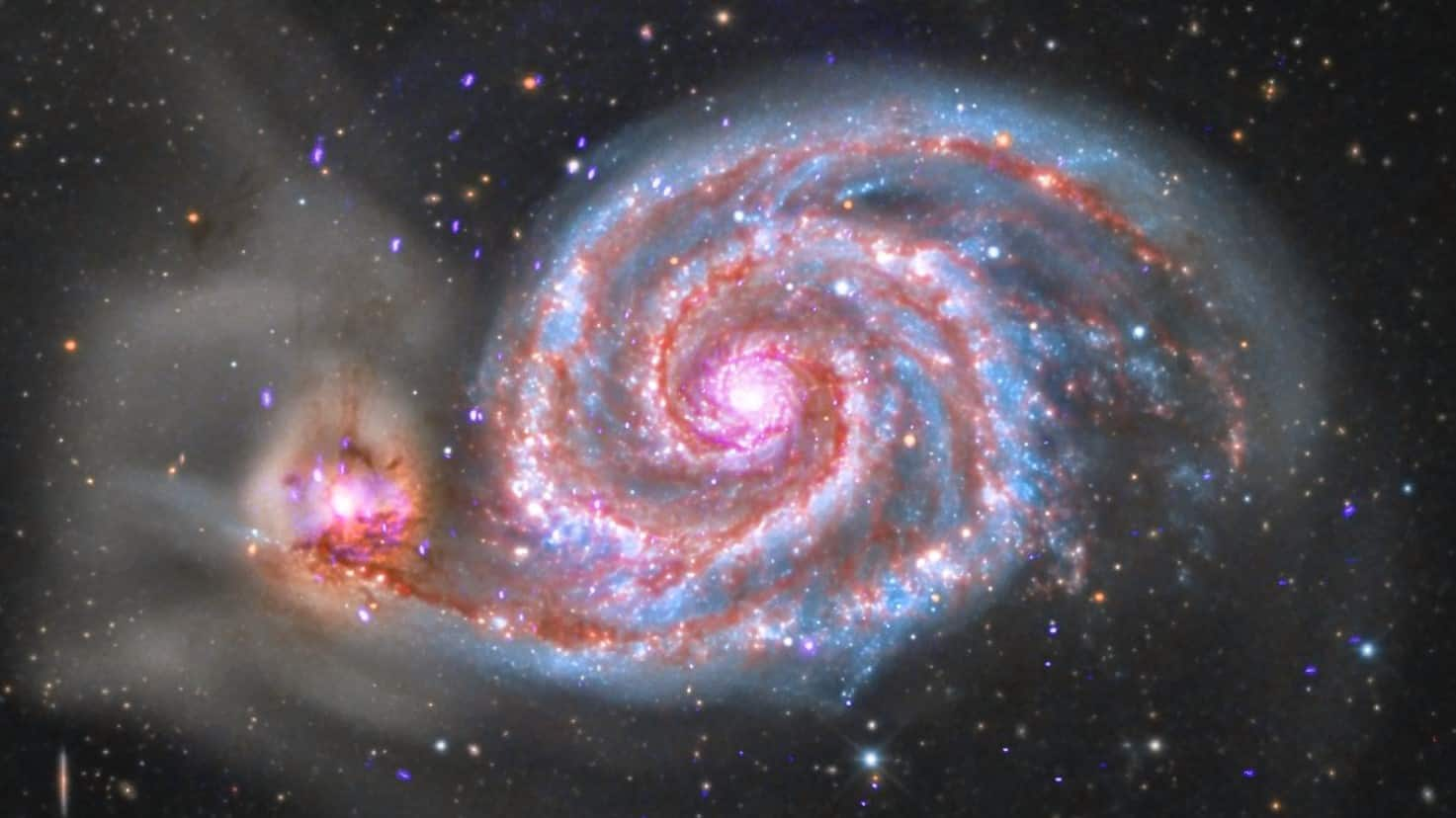
In this picture shared by NASA, the Whirlpool Galaxy, M51, which is one of the brightest spirals in the night sky is seen.
According to NASA, M51's smaller companion galaxy, NGC 5195, has been drifting by its larger neighbor for hundreds of millions of years, triggering waves of new star formation in the Whirlpool.
Photo: Twitter/@chandraxray

In this photo, the Chandra is studying a galaxy in the constellation Antlia, 'the pump'.
NASA said that the nearby in the sky is this gorgeous grand-design spiral galaxy, NGC 2997 which contains hundreds of billions of stars and is located about 40 million light-years from Earth.
Photo: Twitter/@chandraxray
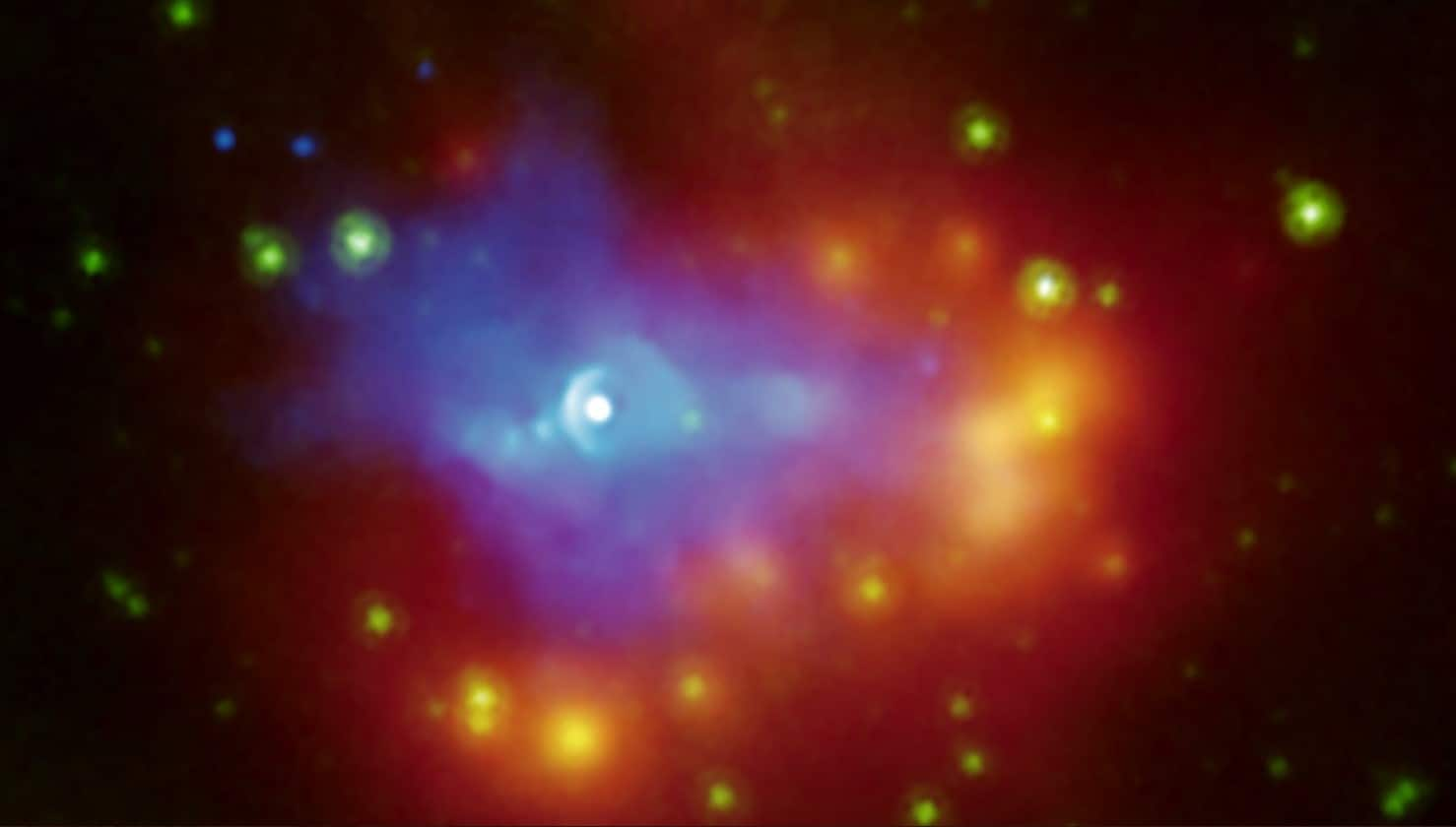
In this image, the white source is a rapidly rotating neutron star, a pulsar, left behind after a core-collapse supernova explosion.
NASA said that the pulsar is generating a wind of high-energy particles that are expanding into its surroundings, illuminating material ejected in the explosion.
Photo: Twitter/@chandraxray
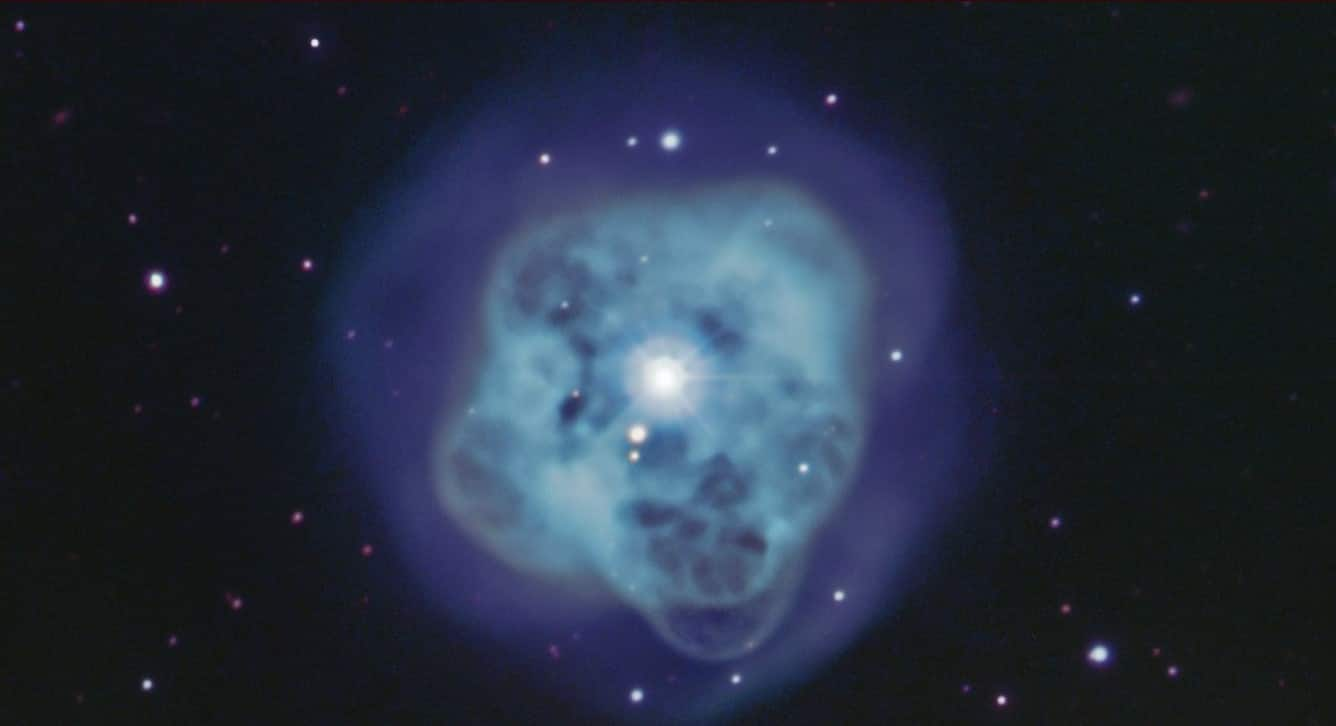
The picture shows Chandra observing a star in Taurus.
"Nearby in the sky is the Crystal Ball Nebula, a planetary nebula formally known as NGC 1514. Inside this gaseous, celestial orb, a pair of stars closely orbit one another, twirling around together in dance with gravity," said NASA.
Photo: Twitter/@chandraxray

The picture shows Chandra observing a star in Taurus and nearby in the sky is the Crystal Ball Nebula, a planetary nebula formally known as NGC 1514.
"Inside this gaseous, celestial orb, a pair of stars closely orbit one another, twirling around together in dance with gravity," said NASA.
Photo: Twitter/@chandraxray
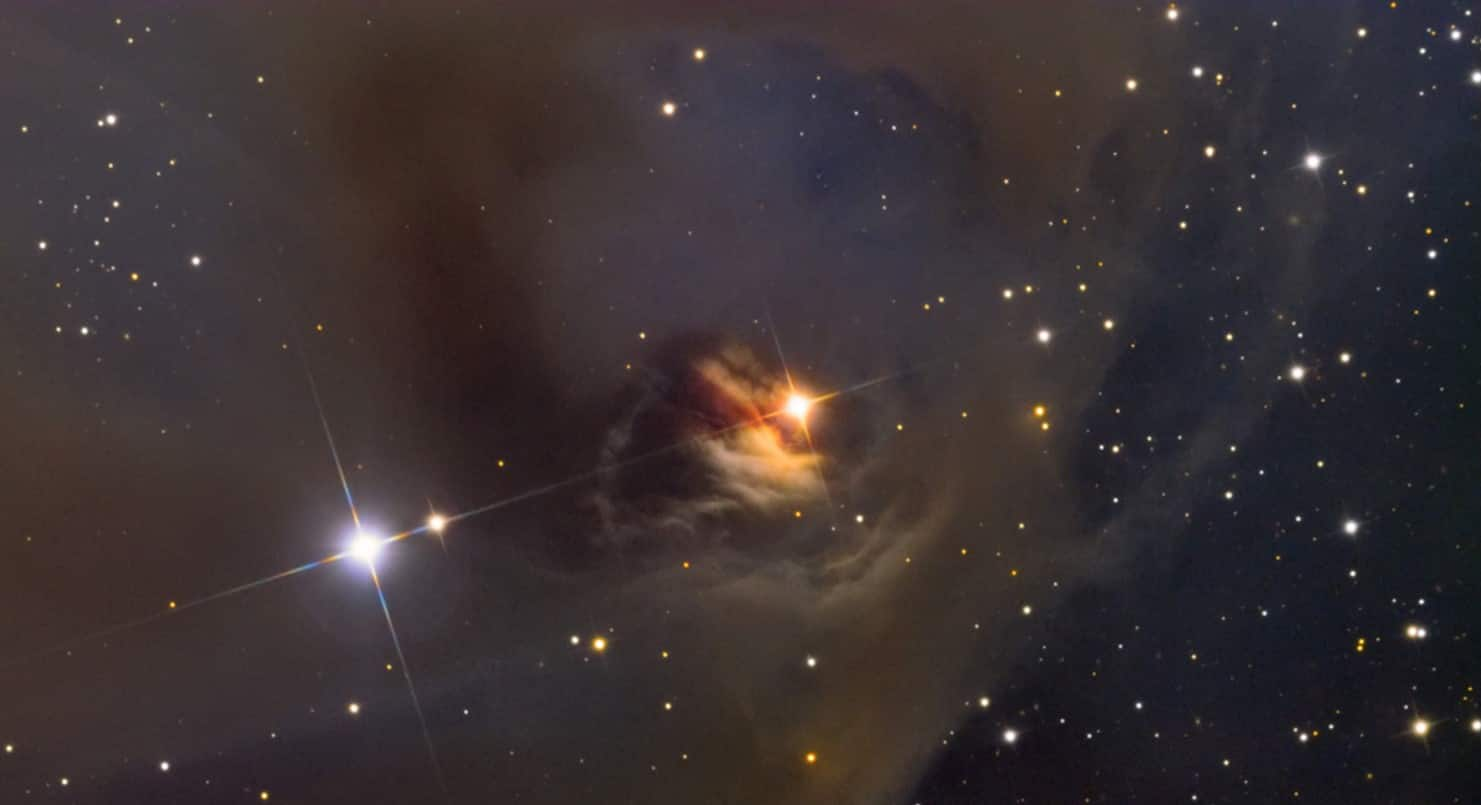
In this one, the Chandra is studying a star in Taurus. The nearby in the sky is the star known as T Tauri which is illuminating the variable nebula NGC 1555.
NASA said that a variable nebula is a reflection nebula that fluctuates in brightness due to changes in the star whose light it reflects.
Photo: Twitter/@chandraxray
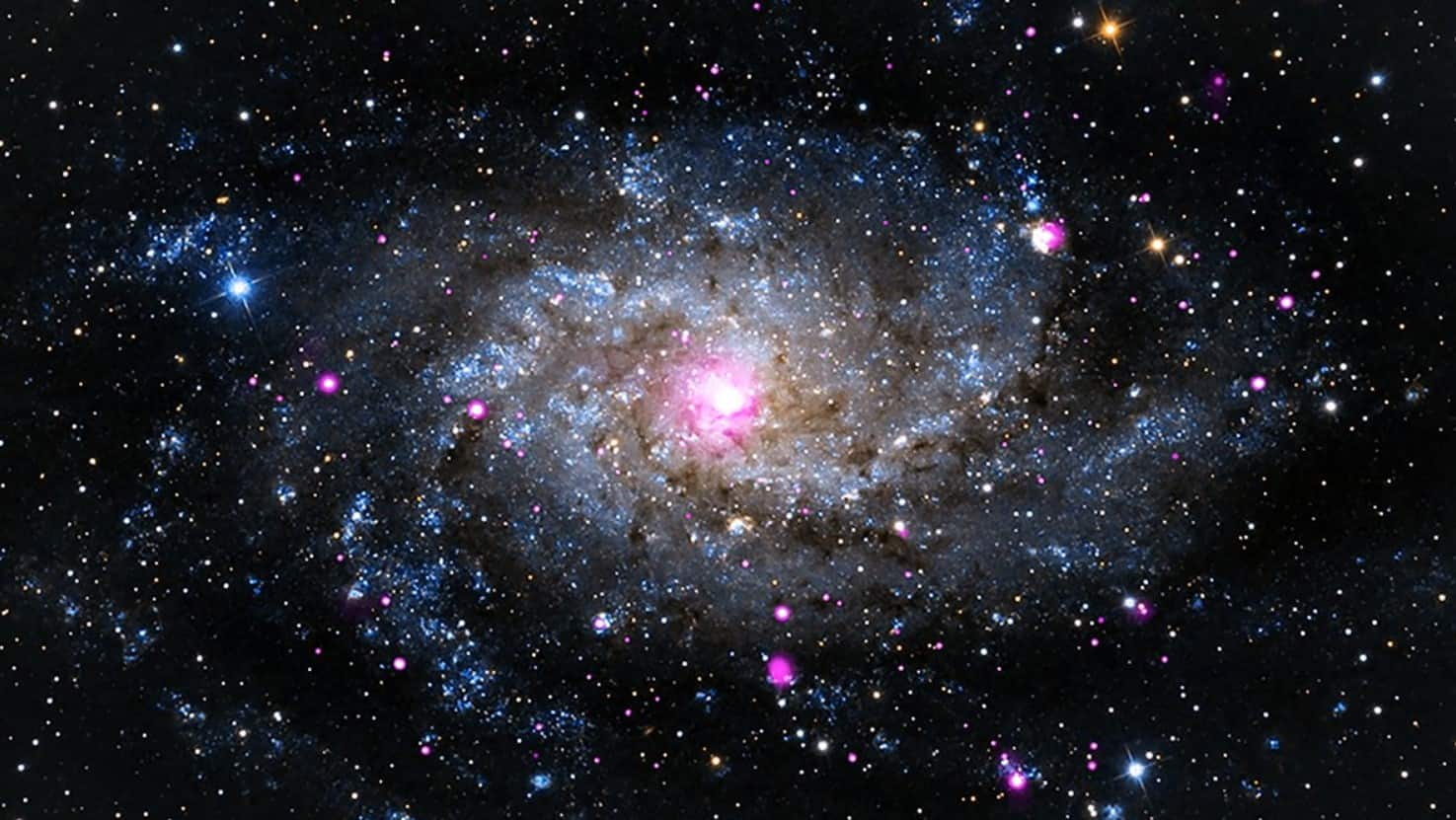
This image shows the stars in Messier 33, the smallest spiral galaxy in the local group of galaxies which also includes the Milky Way and Andromeda.
"X-ray data, seen here in pink, reveal a diverse range of objects including supernova remnants, neutron stars and black holes," stated NASA.
Photo: Twitter/@chandraxray
Trending Photos








